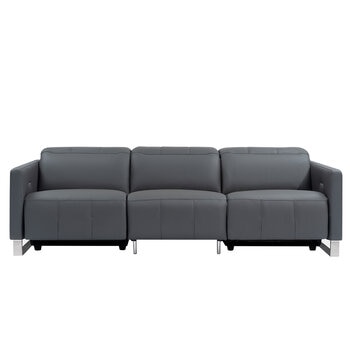The Living Room’s Master Builder and interior designer Barry Du Bois gives his tips for preparing your home for winter.
As the seasons change so should the environment inside your home. Like nature, your space should be of beautiful proportions, colour and texture, and evolved to be in harmony with you and your loved ones’ lifestyle.
Smaller spaces or zones give an impression of cosiness so even if your home is large, in the cooler months a sense of warmth can be created by moving the furniture and adjusting your lighting. Understanding that our relationships also change as we spend more time inside, we should think about creating vignettes as well as spaces for solitude. Orientating the furniture inward, by facing lounges towards each other with a rug connecting them, for example, creates a sense of intimacy and warmth.
Likewise a large chair, armchair or similar with a throw rug, a side table and a lamp gives you a quietly inviting spot to be on your own.
Light touch
Lamps are a great way to contain areas and promote a warm and welcoming mood. To heighten that feeling, think about changing your globes from a white or blue tint to a warmer yellow. While the use of natural light and shadows is one of the best ways to create a sense of warmth, nothing will drag the life out of a space faster than unconsidered mechanical light.
In the afternoon western windows will provide sun spots but for maximum effect washes of light should be broken up by linear shadows, from the window frames and furniture standing nearby.
In winter time I take my heavy lined drapes out of storage and I change my floor rugs from bright summer colours to more textured and earthy shades. Good interior design is about turning on your senses, and throw rugs and candles add to this textural experience. I may even bring in some driftwood for a sideboard or coffee table dressing because looking at its natural texture and at burning candles evokes a feeling of warmth.
Heat transfer
Staying warm physically depends on keeping your surrounding surfaces from becoming cold or damp, because then they suck heat from our bodies. Window and door seals are one of the best ways to increase the insulation value of your home. A door snake is simple but effective.
Of course insulation is also very important and although there is a capital outlay that investment pays dividends that will repay the cost within a short time. The same is true for installing laminated or eco glass.
If your home is on stumps or bearers and joists the subfloor temperature is at a year-round constant of between 17 and 19°C, so the installation of closable floor vents will allow the use of that temperature to help warm your home. This same natural heating can be obtained from the roof cavity, which reaches about 35°C on a winter afternoon.
Practical measures
A lot of people say to close everything up but when you do that it creates lack of air movement and you can end up with mould. If you have vents in your floor, western walls and ceiling they draw the warmer air into your house. Look to reduce vegetation on the western side of your home by pruning trees and cutting back shrubs, particularly on brick or masonry walls. These walls are great for storing heat from the northern and western sun and as the air cools that heat will radiate into your home.
When painting internal walls use a primer sealer. If you feel an internal brick or masonry wall that is much colder than room temperature it could be holding moisture. Through the humid months poorly sealed masonry walls will draw in moisture and store it, making these walls harder to heat, come winter.
All of these measures will help keep you feeling cosy and make your home a warm and inviting haven through the colder months.











